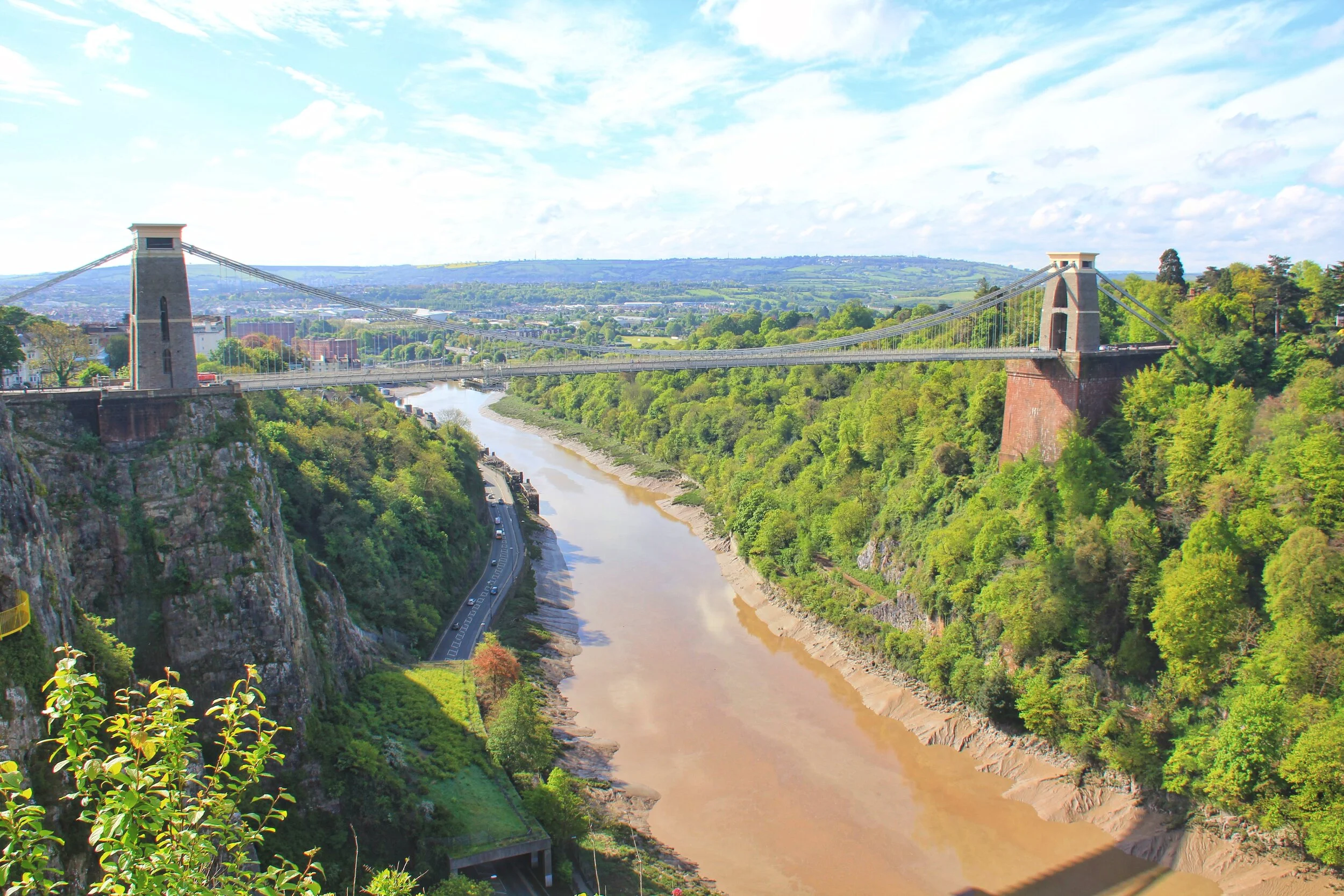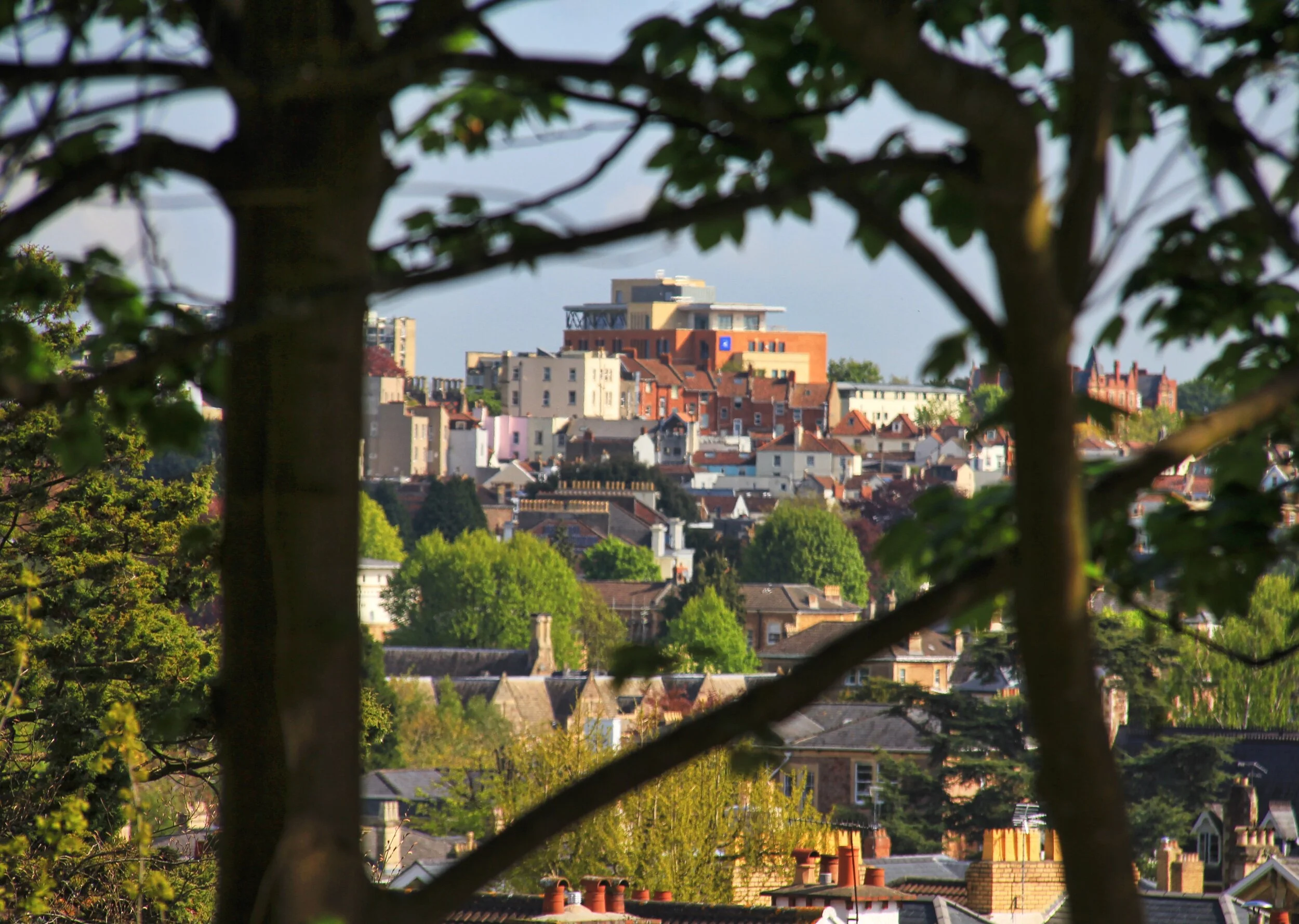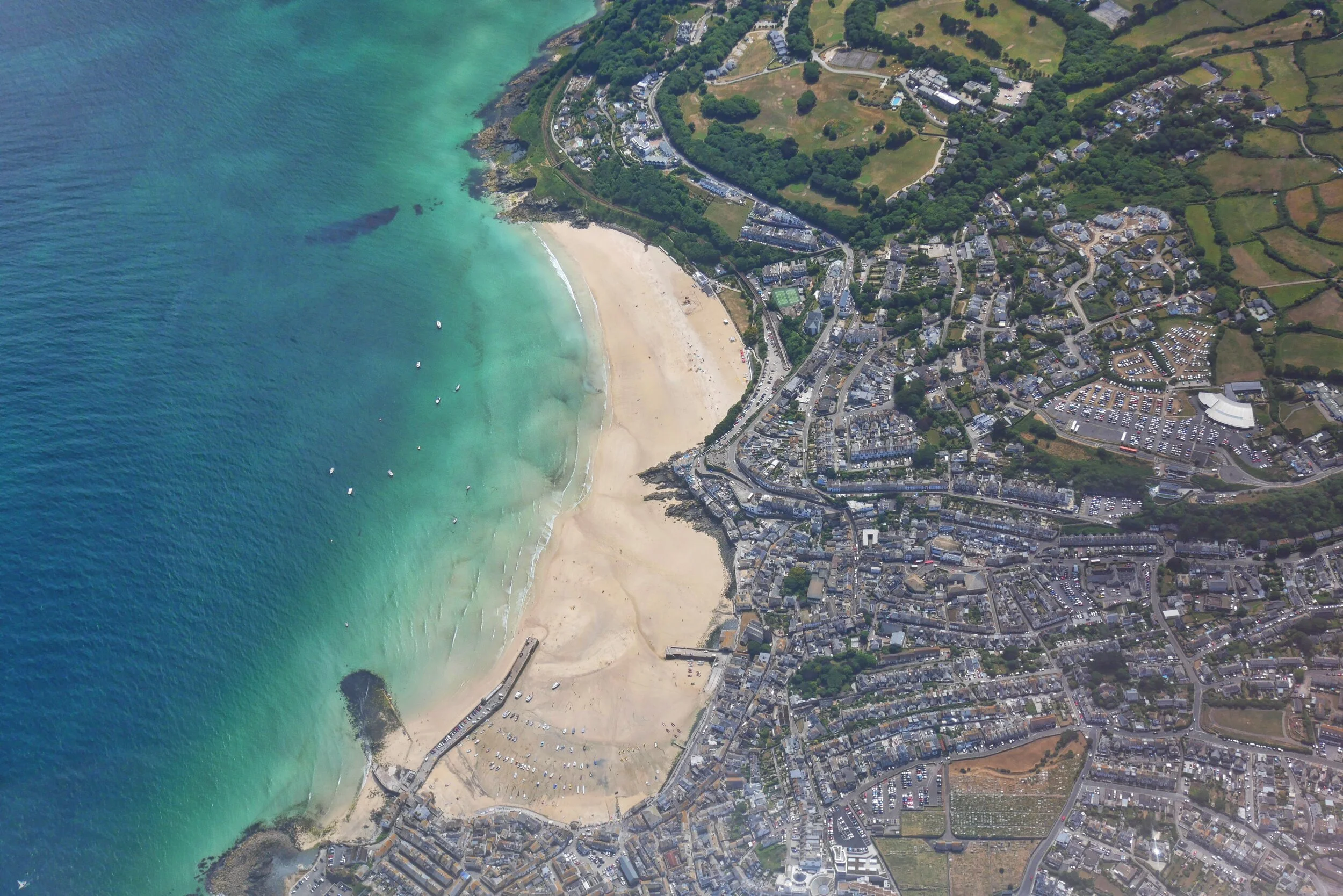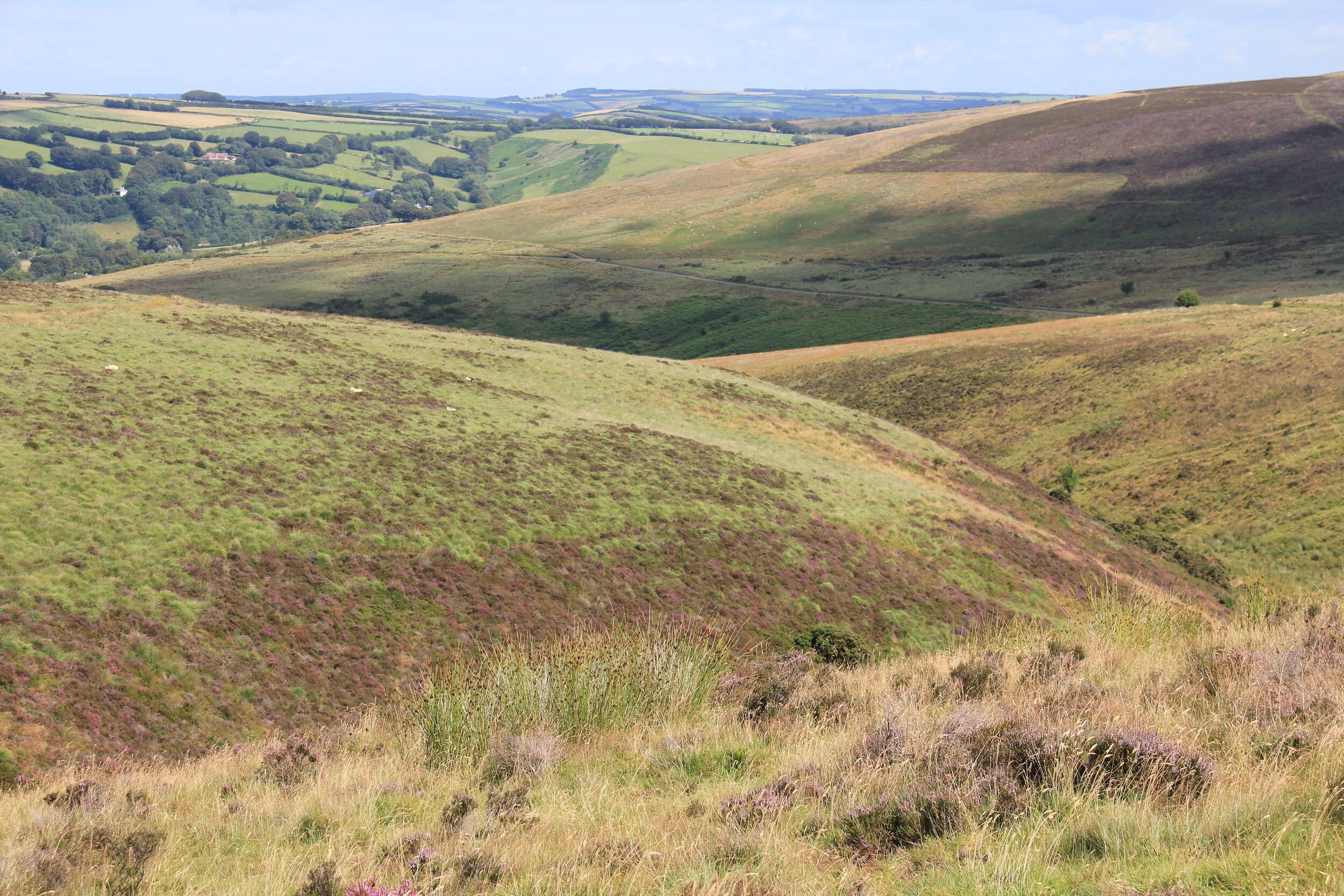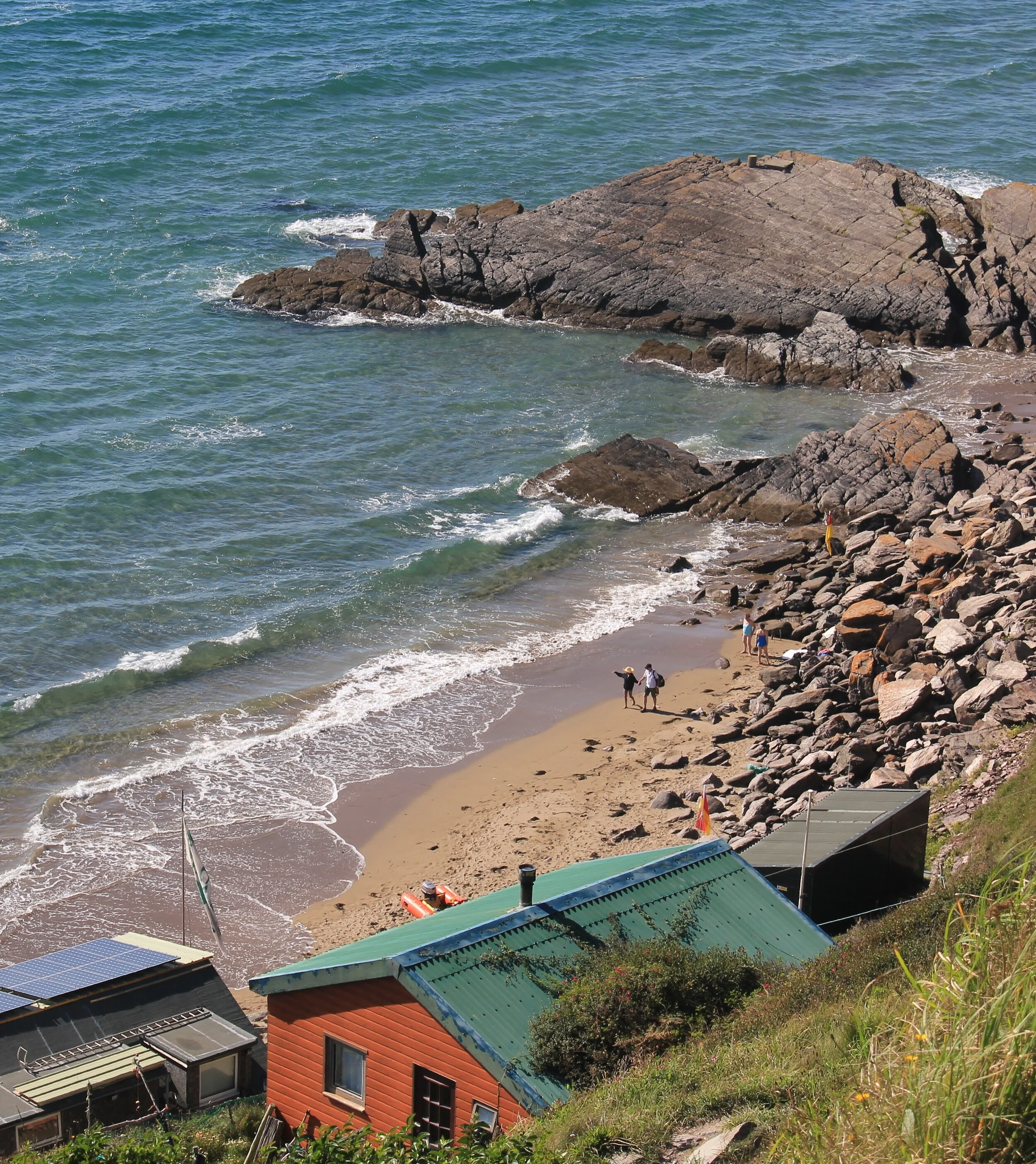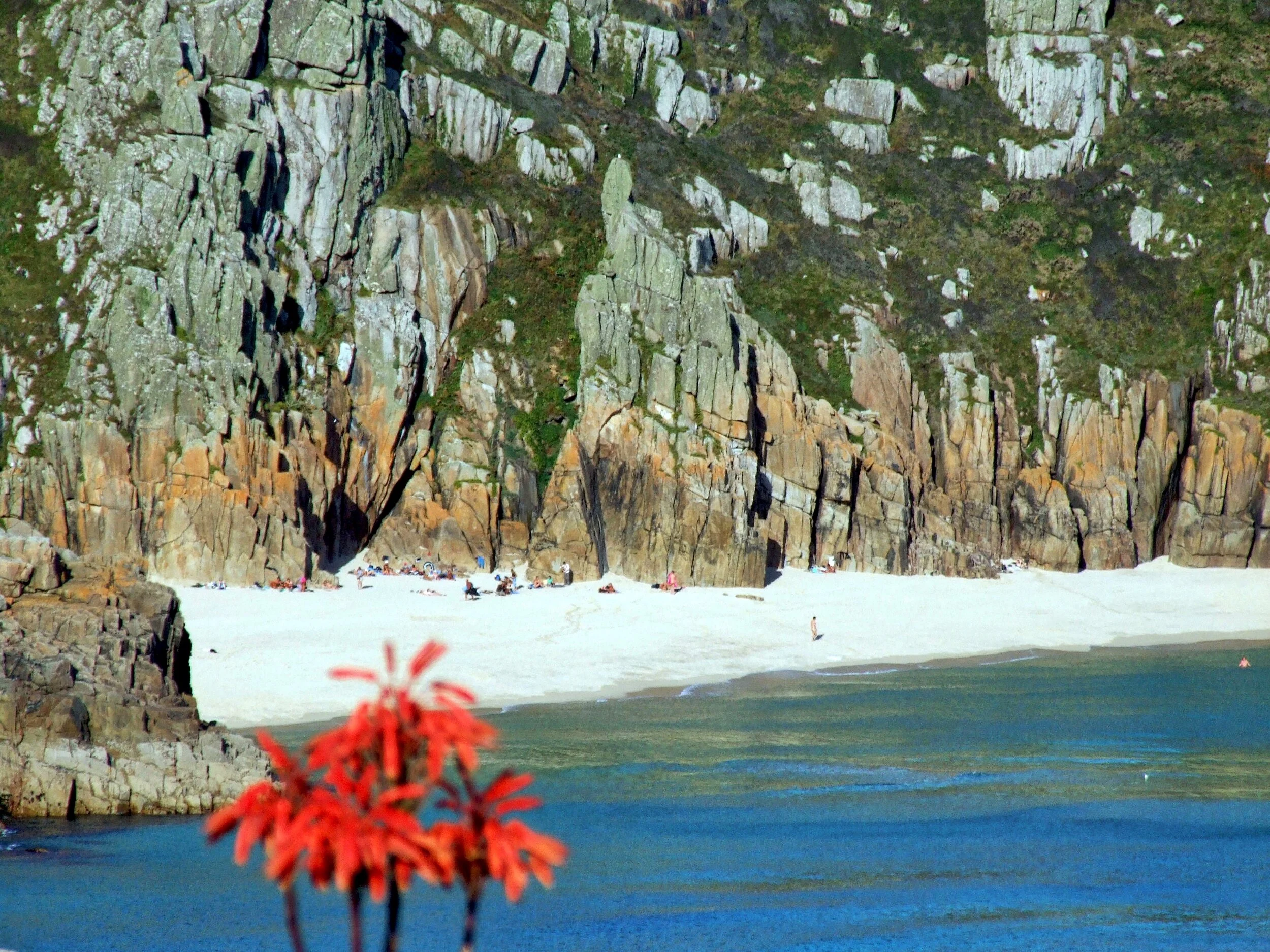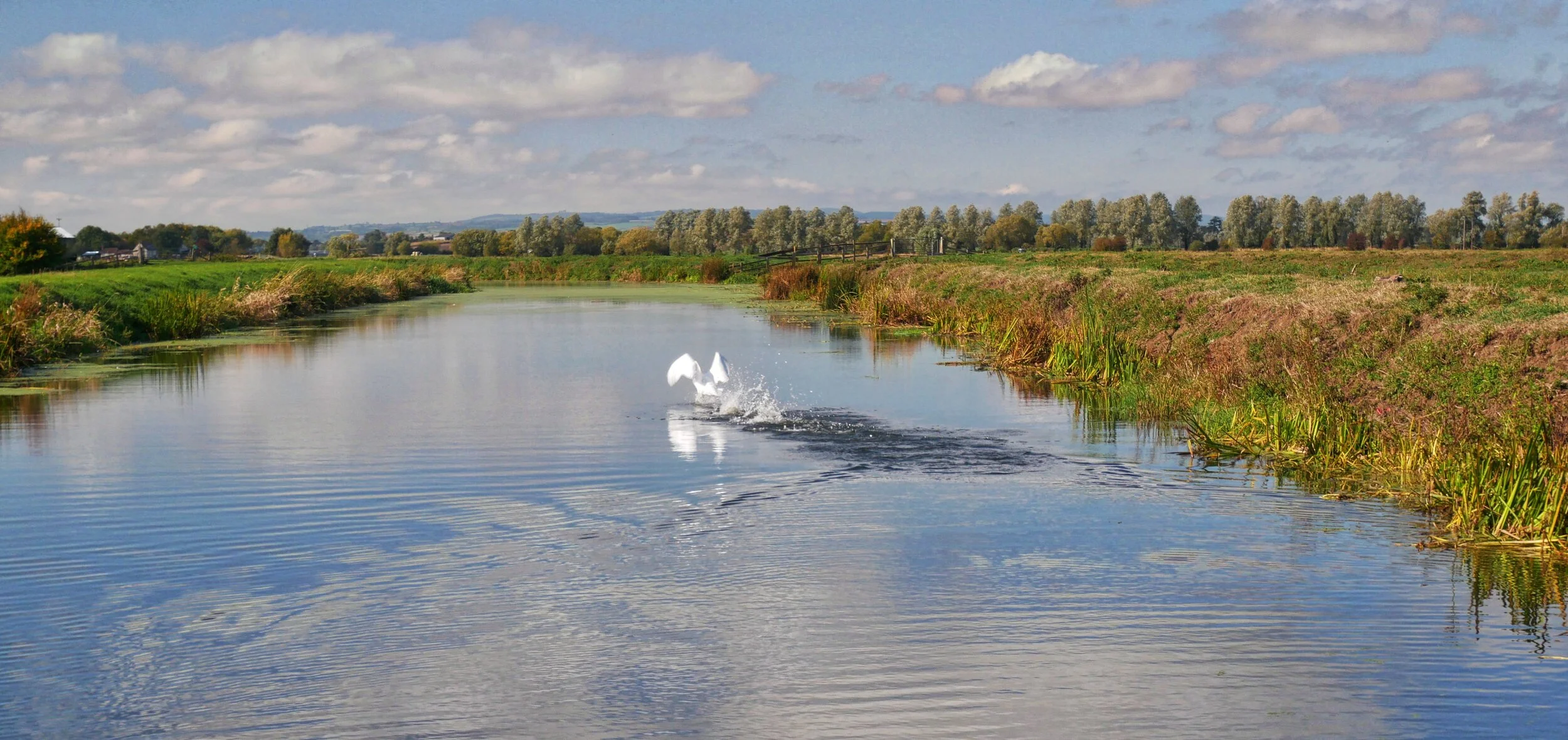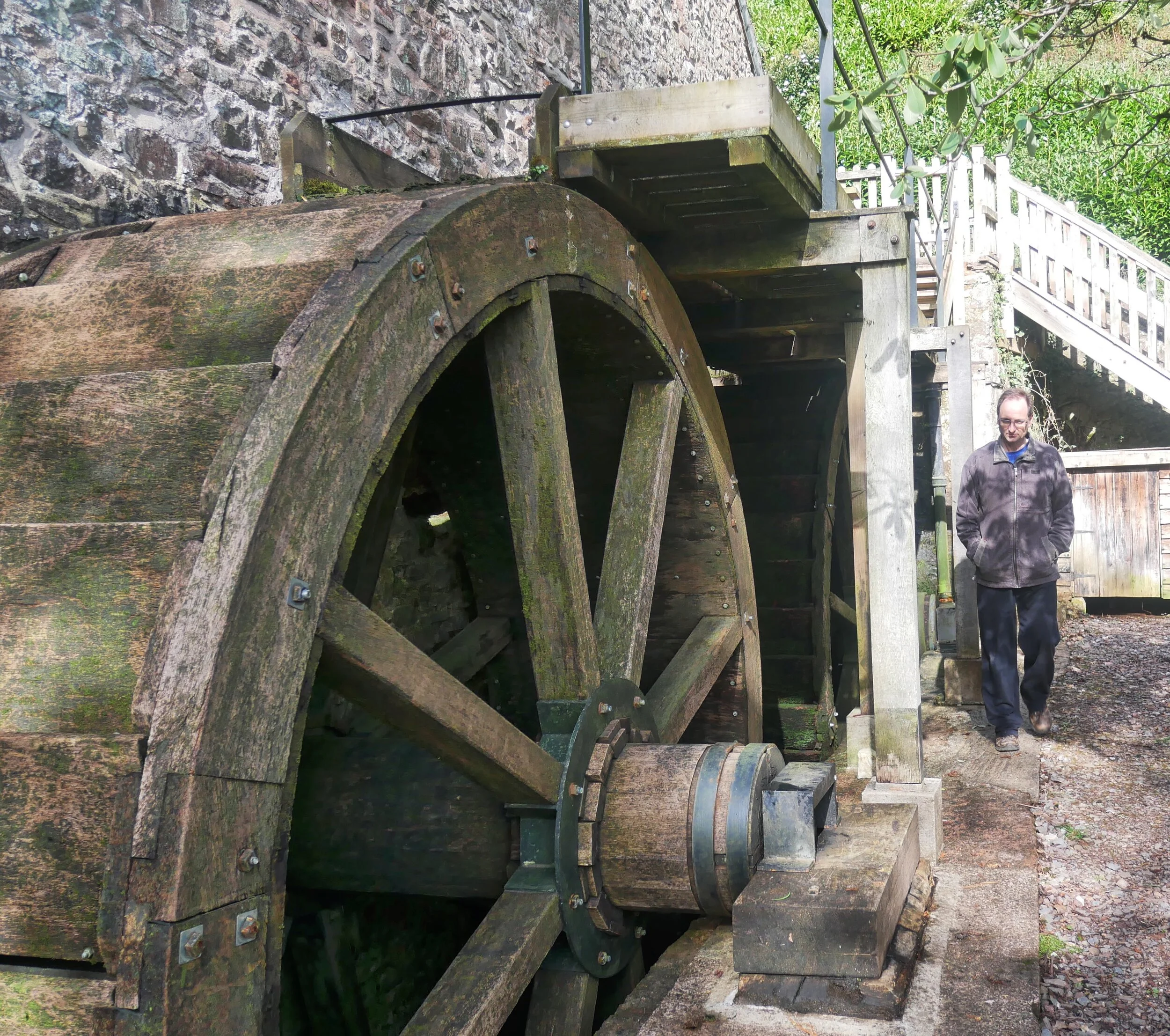England's West Country
For 20 years I was one of the most fortunate people in England n that I had a job which took me all around the West Country peninsula writing about people and places - from Bristol all the way west to the Isles of Scilly. Over the two decades I worked for the Western Morning News there wasn't a parish in Somerset, Devon, Cornwall and West Dorset which I did not visited at some time or other.
After all those years, and all those travels, it is no idle boast to say that I really do know the best and worst this region has to offer. Not surprising then, that in recent times during the lockdowns I’ve been thinking hard about what the region has to offer.
Starting in the east of the patch I recall a freezing January weekend a few years ago when my wife and I spent a couple of nights in the centre of Bristol with friends, staying in a hotel which had put on a special midwinter deal. And a great time we had of it. The more rural corners of the West Country are my normal stomping ground, so it was a treat for me to be in the heart of the big city sampling the delights that such a place can afford.
I used to know Bristol well, but as most of my work took me further west I hadn’t realised how much the place had changed. It's almost a new and different city to the one I used to frequent with Bristolian friends over 30 years ago. Soon after arriving at the Mercure Hotel we walked up some steps and found ourselves in the old market area near Corn Street, which has been transformed since the days when I would travel up to town from West Somerset in order to visit the newly opened Arnolfini.
We sat at a pie and mash stall and enjoyed a cheap and delicious lunch while watching the heaving crowds being wined and dined by other street traders up and down the covered market. After an afternoon shopping in the big new malls (not really my favourite occupation) we had dinner in a fantastic Spanish tapas restaurant just a couple of minutes walk from the hotel. The next day we spent sightseeing, rediscovering favourite haunts, and showing friends who’ve never been to Bristol before some of the historic delights of the city.
Central Bristol
They, by the way, were Londoners – and were so impressed by Bristol that they began looking in estate agent windows.
A couple of weeks later I was fortunate enough to be able to combine work commitments that took me to the very west of Cornwall with another weekend away from home. This was possible thanks to yet another midwinter hotel deal which my wife and her friend discovered on the Internet. The result was that we had a small but comfortable room perched immediately above St Ives harbour and were able to watch with excitement as a Force 9 gale hit the coast.
As a person who lives somewhere so beautiful that it is a designated National Park, it takes a lot to impress me when it comes to surroundings – but give me a bedroom with wall-to-ceiling windows that looks immediately out upon an ocean, and I can be happy for days just looking at the view.
St Ives from the Isles of Scilly Skybus at around 6000 feet
And when the view is trying its best to heave up and grab you, in the form of gigantic crashing waves, then I love it all the better. Who wouldn’t?
We enjoyed to particularly good pub lunches in St Ives – one at the excellent Lifeboat Inn right next to the harbour, the other at the gastropub called The Queens. The calories taken on board were easily dashed into oblivion by long walks along the dramatic, storm-beaten, coast.
And here’s the thing: even though this was a dark, gale-blasted, weekend in late January, the hotel was crammed full. No ideas about second best staycation here – go to St Ives nowadays in winter and you will see a remote, difficult-to-reach, seaside resort which is popular with people from all over the country and beyond.
Actually, it’s the same wherever you go in the West Country, especially around the coasts. I can tell you a story to prove the point, that was related to me by a high-ranking person from the National Trust 20 years ago. He said the charity owned a property on the Devon coast and, for some reason, a local pub landlord had never liked the fact that the area had been bought up by the trust. But his opinion changed after the trust rangers spent time and money doing up the local footpaths.
“His pub had never been open at lunchtime during the weekdays in winter before,” my friend told me. “But after the paths were opened, so many walkers were turning up - even on wet Tuesday mornings in February - he was suddenly doing lunches and hiring new staff. So he ended up thanking us and shaking my hand.”
Me being buzzed by St Ives’ infamous seagulls
Similar stories have been repeated time and again around the coast – partly thanks to the National Trust’s 55-year-old Operation Neptune which has allowed the charity to acquire so many coastal properties. But also thanks to unlikely things like the invention of Gore-Tex, which suddenly made all-weather clothing both lightweight and affordable.
When I was a boy growing up in West Somerset my dad would take us up onto Exmoor and the Quantocks, and in midwinter we would have the moors completely to ourselves. Nowadays you will find people walking in the most remote corners of the West Country - even on those wet Tuesday mornings in February.
We have more leisure time - and we have the equipment which allows us to ignore the wind and the rain so that we can enjoy the glorious landscapes for which the region is so famous.
A few years ago an old hotelier friend of mine (who, alas, no longer lives on the Scillies) set up a special winter deal in which he attracted visitors to the islands by promising them close up views of horrendous storms. He equipped his hotel with the best all-weather gear money could buy and guests would borrow the sou'westers and other gear and go striding off around the coastal paths of the archipelago in order to witness a great ocean out its wildest and worst.
Hesp leading a hike for Walk Scilly
Some tourism providers doubted the wisdom of this – but I ask you, if you were stuck working in an office in a vast city like London 49 weeks a year, wouldn’t you yearn a for taste of life on the wild side?
So far I’ve been talking about winter breaks but, of course, the region gets even more glorious during spring, summer and autumn. Take those islands for example, the Scillies aren’t known as the Fortunate Isles for nothing. They are Britain’s answer to the Caribbean – for that is the only other place I know of where you will see aquamarine vistas that are so deeply turquoise and blue.
Each of the five inhabited isles has its own circular coastal path and I would argue that these offer some of the best hiking in Europe – not only because of the oceanic views, but also because the place is so wonderfully free of traffic. Spend a few nights in the revamped Karma Resort Hotel on St Martins, for example, and you could easily fool yourself into thinking that you were cast adrift on some wild Caribbean paradise.
My own beloved Exmoor is all too often ignored by visitors who drive further west of the region’s trunk roads because of some mad belief that the place is difficult to reach and there is nothing to do even if they do get here. Nothing could be further from the truth – Exmoor has one of the most delightfully intimate landscapes of any national park in the world. Any walk of just 10 minutes in any direction will reveal new panoramas filled with quaint villages, ancient woodlands, deep river valleys, purple heather moors, mighty sea cliffs and sweeping bays.
Porlock Bay
Dartmoor offers one of the most tremendous highland opportunities for exploration anywhere south of Scotland. Its granite tors and crags are rightly world-famous and never do they fail to evoke a deep and primeval sense of wilderness. It is no wonder that the book said to be the world’s most favourite crime thriller was based there – Sir Arthur Conan Doyle knew what he was doing when he set The Hound of the Baskervilles on Dartmoor.
Then there is little known Bodmin Moor, which has a mood and atmosphere of its own. The busy A30 might go right across it, but few turn off the dual carriageway to explore its empty moors and lonely villages.
Millions might be drawn by the Devon and Cornwall coasts, but I can show you hidden seaside treasures all around our littoral that few people ever visit. Indeed one of the greatest pleasures of holidaying in the South West peninsula is the discovery of secret seasides which are far from the madding crowds.
A secret seaside in Whitesand Bay
Naturally, I am reluctant to tell you about such places because there is a danger that if journalists go barking their delights from the rooftops we will destroy the very thing that makes them special. However, the beach at Pedn Vounder, down on the south coast of West Penwith, is difficult to reach and I’ve mentioned it many times before in newspapers without the place getting any more crowded. It’s just east of the more famous beach at Porthcurno, which plays host to a fascinating museum that tells the story of the submarine cables which were laid to connect to this nation telephonically to the rest of the world
Pedn Vounder as seen from across the bay in West Penwith
Actually, I could fill a book with my listing of fabulous hidden secret places right across this region. Take the Somerset Levels as just one vast example. The great flatland is probably the least visited area in the whole South West and yet it is crammed full of beautiful, interesting, historic, wildlife-rich, crooks and crannies where you will be the only tourist for miles around, should you take to exploring the wide empty polders.
Swan takes off on the River Parrett in the heart of the Somerset Levels
And so you see, I really could go on and on extolling the delights of the place were a great many readers of this newspaper live. Indeed, I could write another book about the wonders of my own parish, which straddles half-in, half-out, of Exmoor National Park. It is one of the biggest parishes in southern England, containing four villages and hamlets and stretching from sea-level on the coast to 1350 feet in the Brendon Hills. It boasts over 70 public footpaths, several pubs, numerous valleys and endless views…
Wild flowers growing in an obscure corner of the valley where I live
Who needs to go abroad when you’ve got that lot right on your own doorstep? And to underline that idea the next few posts will all focus on the Scillies - which in a way are Britain’s own foreign country without going abroad - if you see what I mean…



